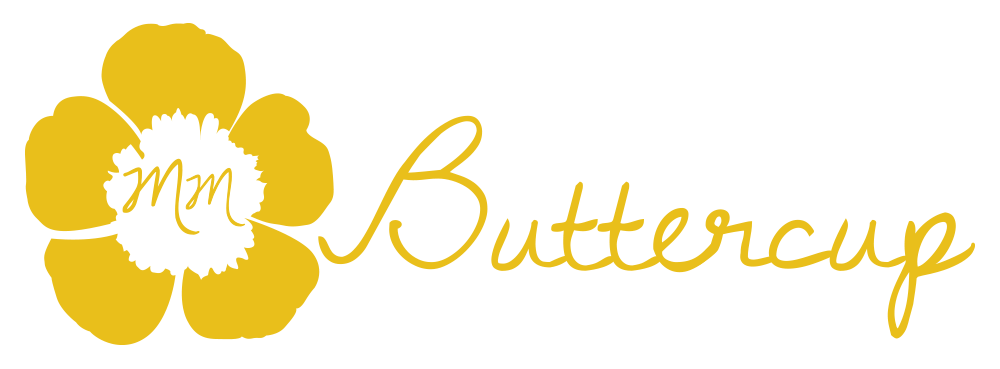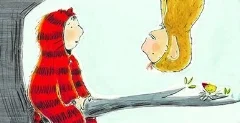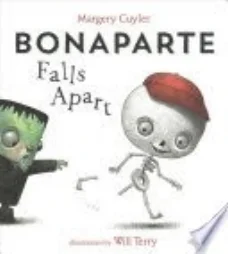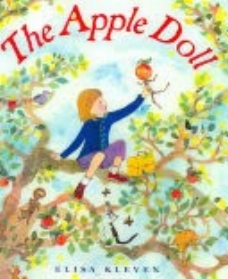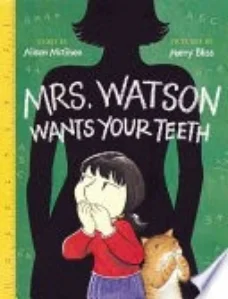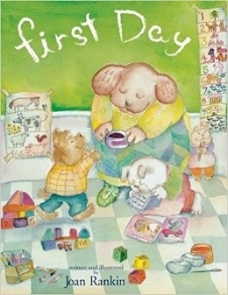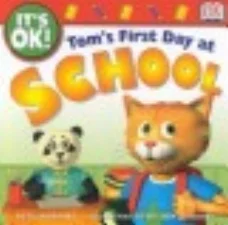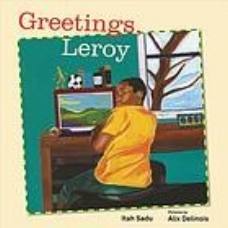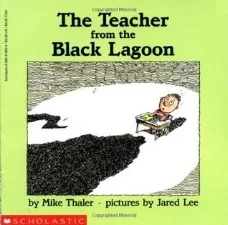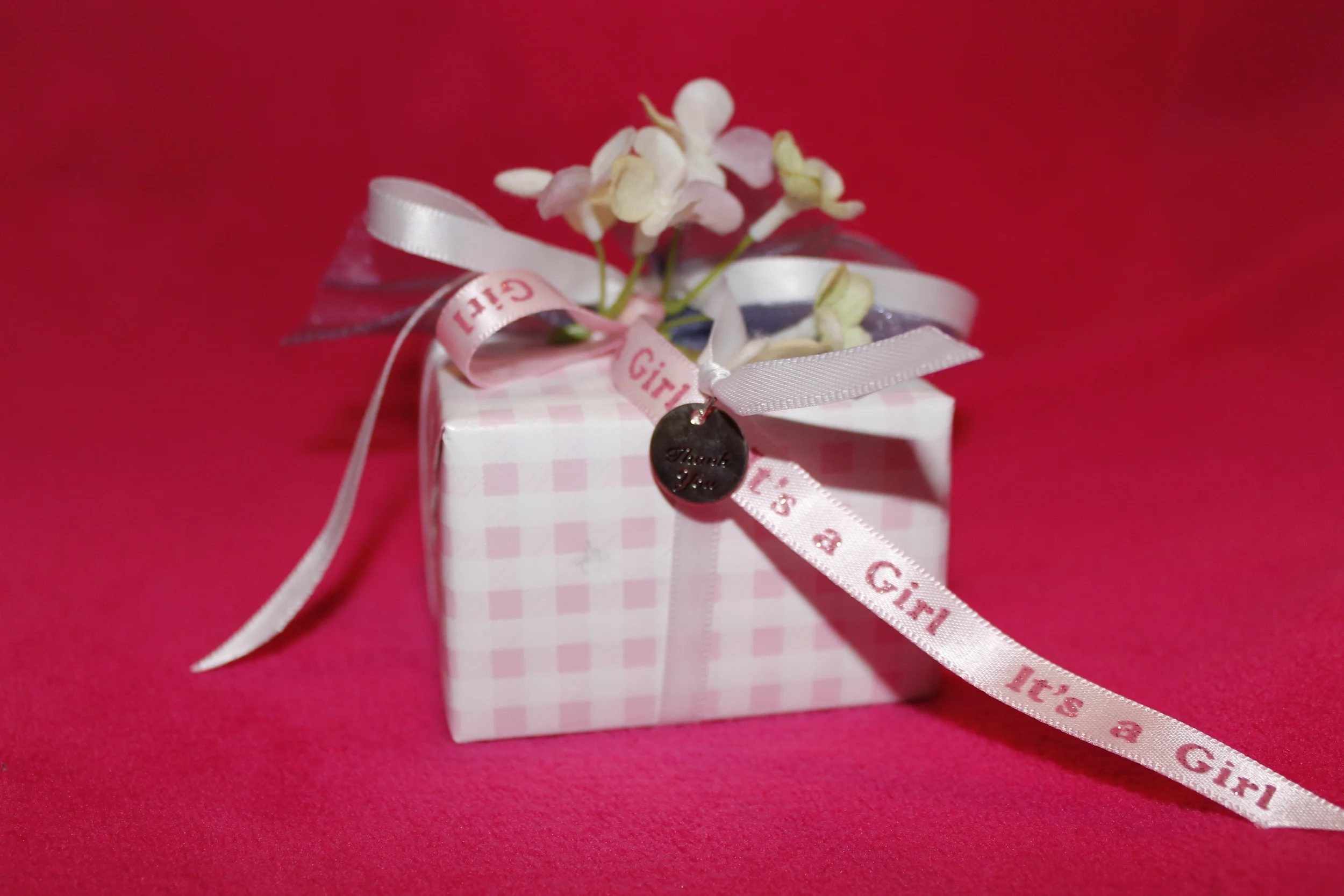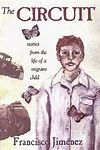I was in the middle of painting my toenails when this happened. My little one and I created a story using our toes, a pen, and imagination. We can create embedded learning opportunities for literacy with children when we follow their lead.
Creating stories with our toes. Playful moments at the beach with language and story telling.
Polishing my toenails when the opportunity to create stories happened at the beach.
States across America have literacy standards for infants, toddlers and preschoolers. We can support literacy development with children when we use a high quality curriculum-based assessment (CBA). The AEPS-3 is a CBA that incorporates authentic assessment in literacy with a companion curriculum. It can be used to teach the targeted skills for children with and without disabilities. For example, Wyoming learning standards for children align with the CBA.
Authentic assessment of children’s literacy learning and development can inform goals (Macy, 2024). When assessing early literacy development, align the information to the child’s individualized goals and the early childhood curriculum. Child development is enriched with meaningful opportunities that are relevant for children (Slanda & Macy, 2022). Reading with children when they are little can be a way to create routines around language activities. Find times during the day to read with children and use literature that interests you and your children. When you enjoy what you’re reading, children see how much fun reading can be.
Early learning focused on reading should be enjoyable. Make reading fun with games for children (Macy & Macy, 2016). On a recent episode of the BUTTERCUP podcast episode 73, the University of Wyoming professor shared many ideas for supporting literacy. Dr. Tracy Spies shared how adults can nurture children’s language and literacy growth.
The third edition of the AEPS includes an area devoted to Literacy, as well as Math (Bricker et al., 2022). It took us 17 years to create these two new domains. We started in 2005 and the third edition was published in 2022. The reason we added preacademic content to the AEPS came from demand from the field. Teachers were asking for it. These newly developed areas (i.e., Literacy and Math) of the AEPS-3 are aligned with early childhood state standards in all states. I was invited by Brookes Publishing to write a blog about AEPS-3 Literacy (Macy, 2025).
Their invitation got me thinking about how to create fun ways to teach literacy and foster language development in children. When my daughter was little we had a toy with letters. The letters were about 2 x 2 inches that could be placed into a defined space that played a song about how to make the sounds for each letter. It went something like this: “B say buh. B says buh. Every letter makes a sound. B says buh.” This song varied slightly depending on the letter sound association. Alphabetic principles were made fun by playing with the sounds and music. It was a way to play with letter sound associations. Phonemes are units of sound. Think of root word “phone” and it is all about sounds we hear. Children start to develop phonemic awareness by listening and participating in story time, singing songs with repetitive patterns and physical movement, and more.
Alphabetic principles (e.g., identifying letters, making letter and sound associations, etc.) are part of emergent literacy development. These plastic letters in the picture above were made with a 3D printer in our school maker space. Every letter makes at least one sound. Some of our letters make multiple sounds in English.
Can teaching early literacy skills be like a day at the beach? Why not. Early literacy opportunities are all around us.
Lake Louise in Wyoming.
“Smell the sea and feel the sky. Let your soul and spirit fly.” ~Van Morrison
Further readings:
Assessment, Evaluation, and Programming System for Infants and Children—Third Edition (AEPS-3): Crosswalk to The Three Child Outcomes. https://ectacenter.org/~pdfs/eco/AEPS-3-crosswalk.pdf
https://aepsinteractive.com/alignments/
https://aepsinteractive.com/wp-content/uploads/2022/09/Common-Core_AEPS-3-Alignment_FINAL.pdf
Bricker, D., Dionne, C., Grisham, J., Johnson, J.J., Macy, M., Slentz, K., & Waddell, M. (2022). Assessment, Evaluation, and Programming System for Infants and Children, Third Edition (AEPS®- 3). Baltimore: Brookes Publishing Co. (Full Kit) ISBN 978-1-68125-518-7
Macy, M. (2024). Equitable practices in early learning environments: Designing dreams with individualized education plans. Literacy Today of the International Literacy Association, 41(3), 54-55. https://publuu.com/flip-book/24429/811271/page/56
Macy, M. (Sept. 7, 2025). How AEPS-3 supports literacy development in young children. Brookes Blog. Brookes Publishing, Baltimore.
Macy, M., & Macy, R. (2016). Playing to win: A model using games for early literacy assessment. New Mexico Journal of Reading, 36(1), 6-11.
Slanda, D., & Macy, M. (2022). Early childhood reading. In K. Fisher & K. Zimmer (Eds.), Special Education Programs and Practices for Young Children (pp.139-160). NJ: Slack Incorporated/Routledge/Taylor & Francis Group. https://doi.org/10.4324/9781003523932-7
